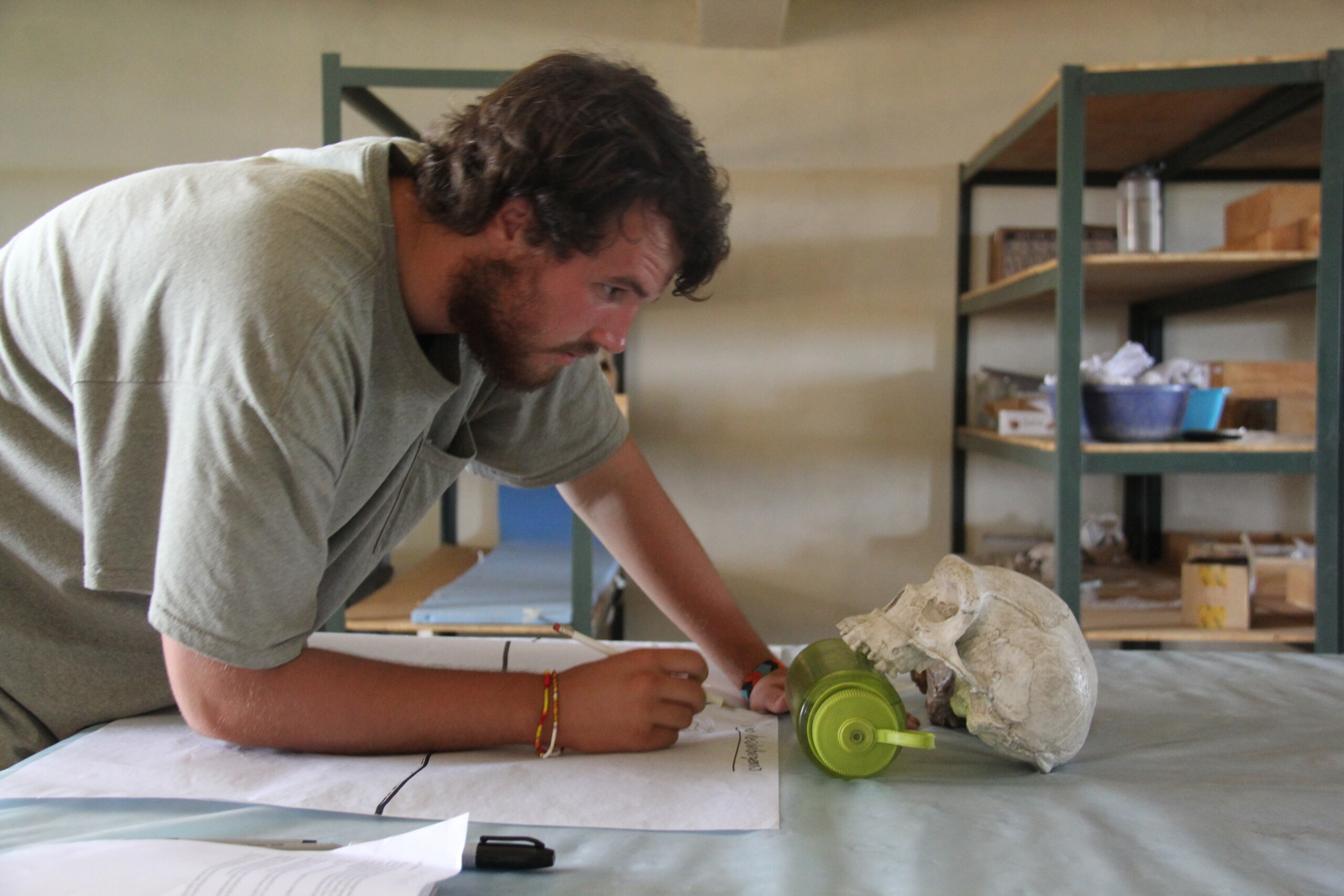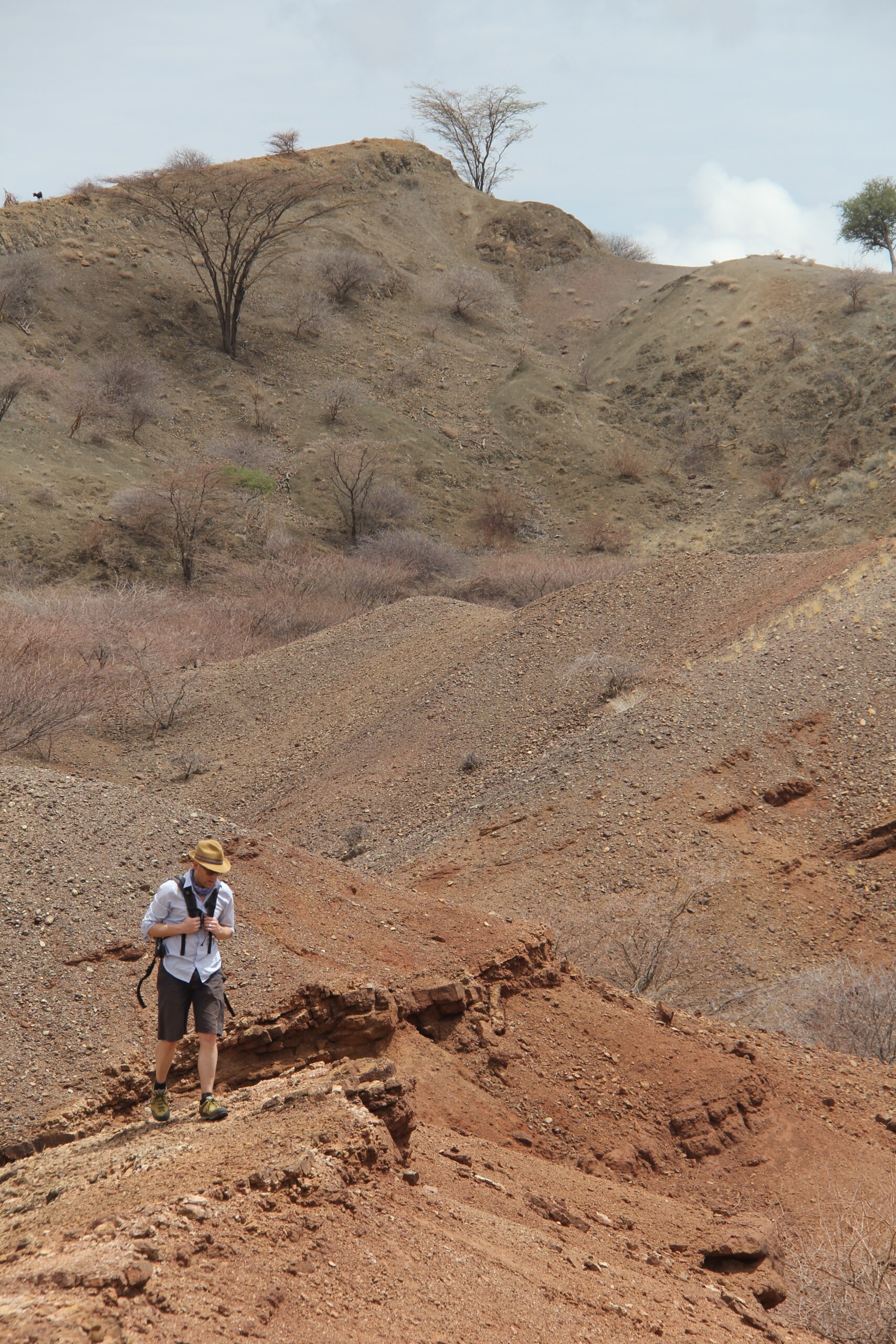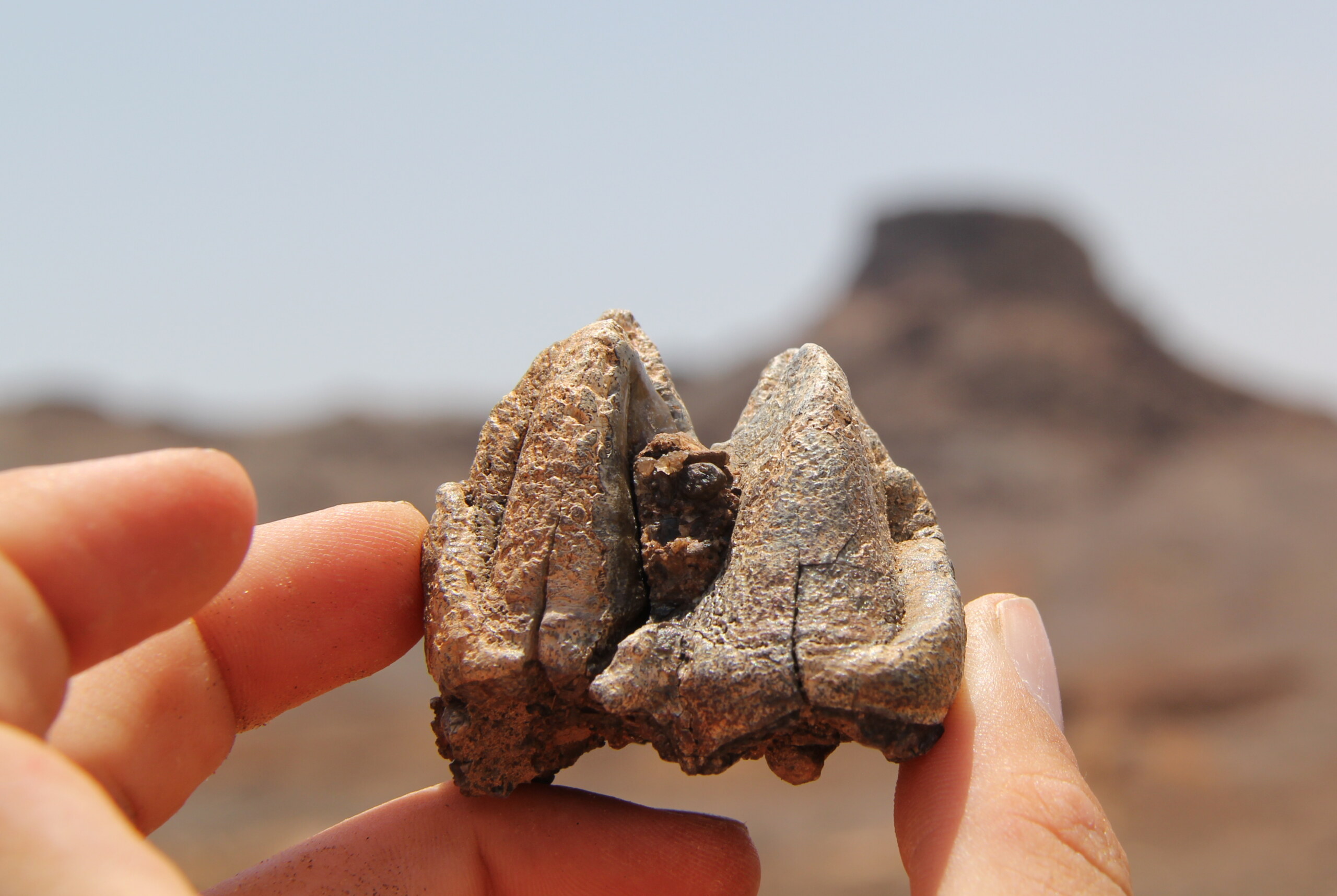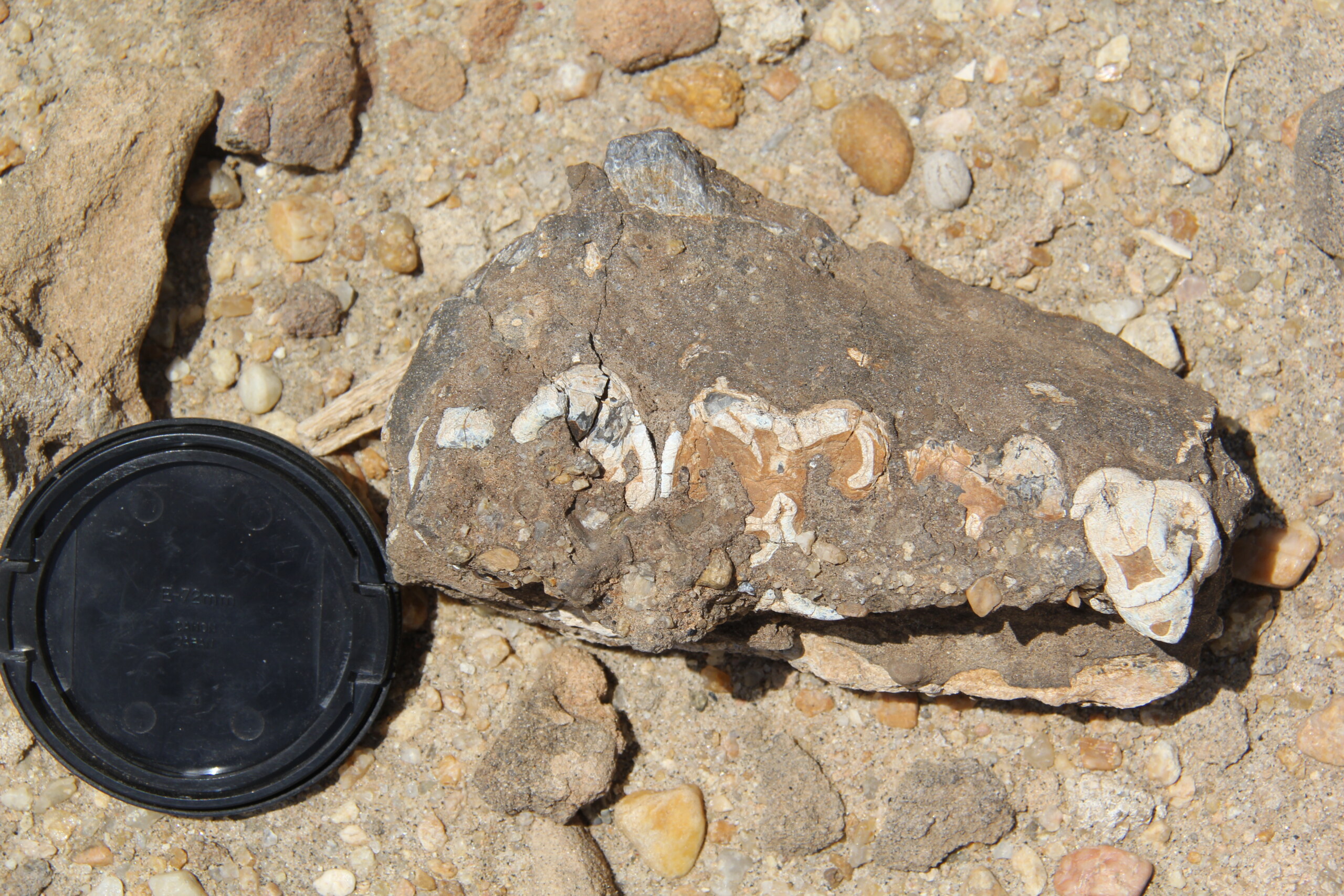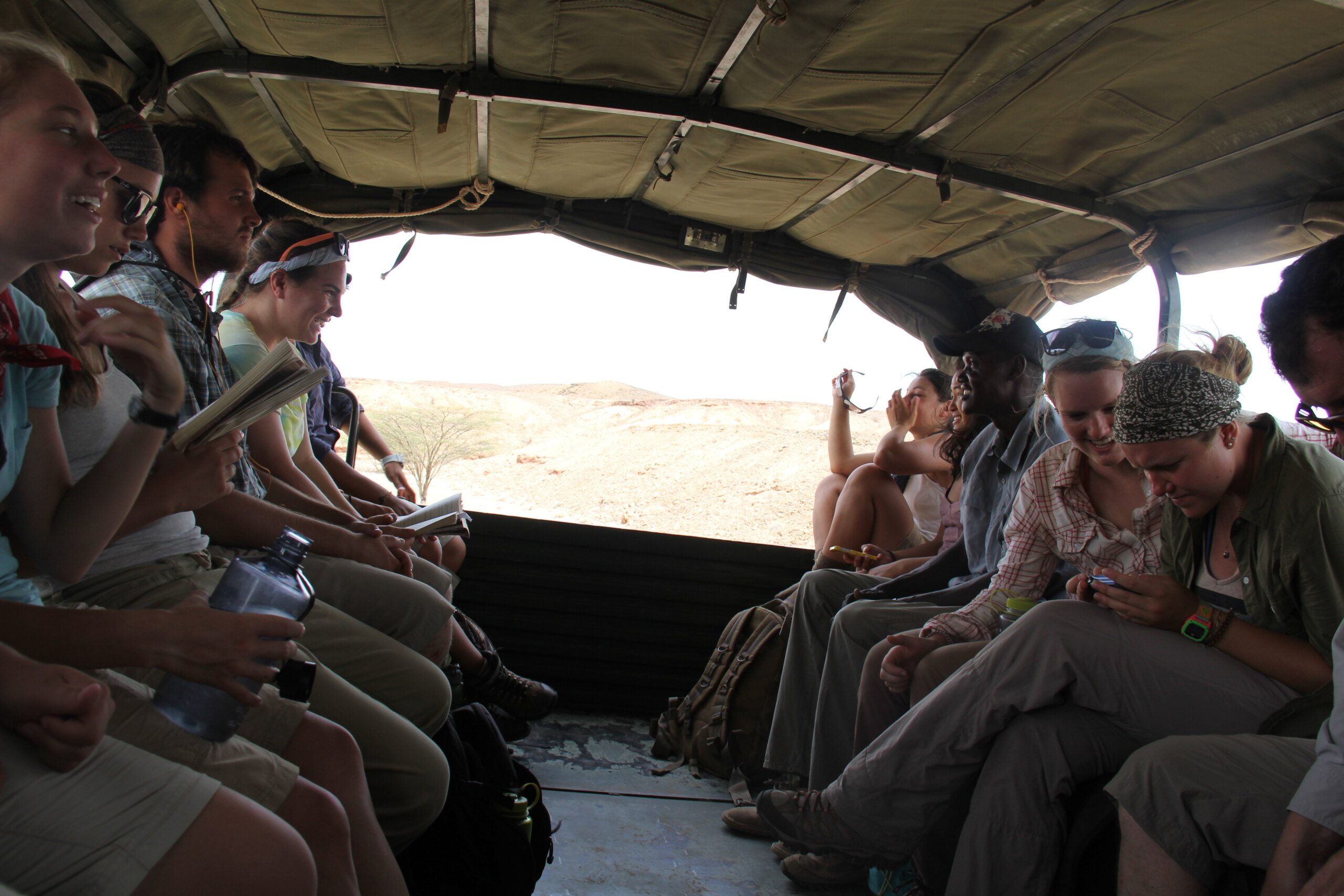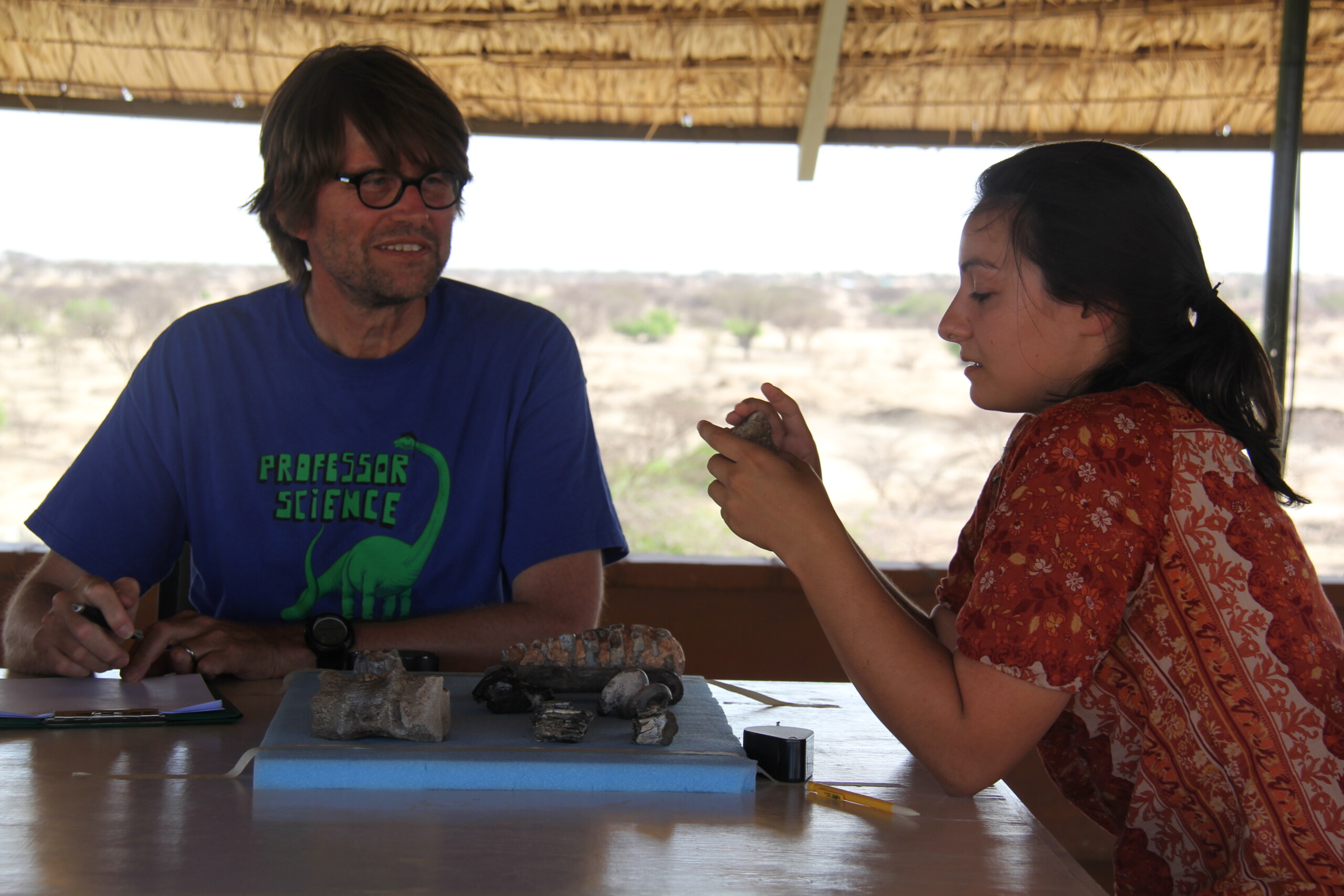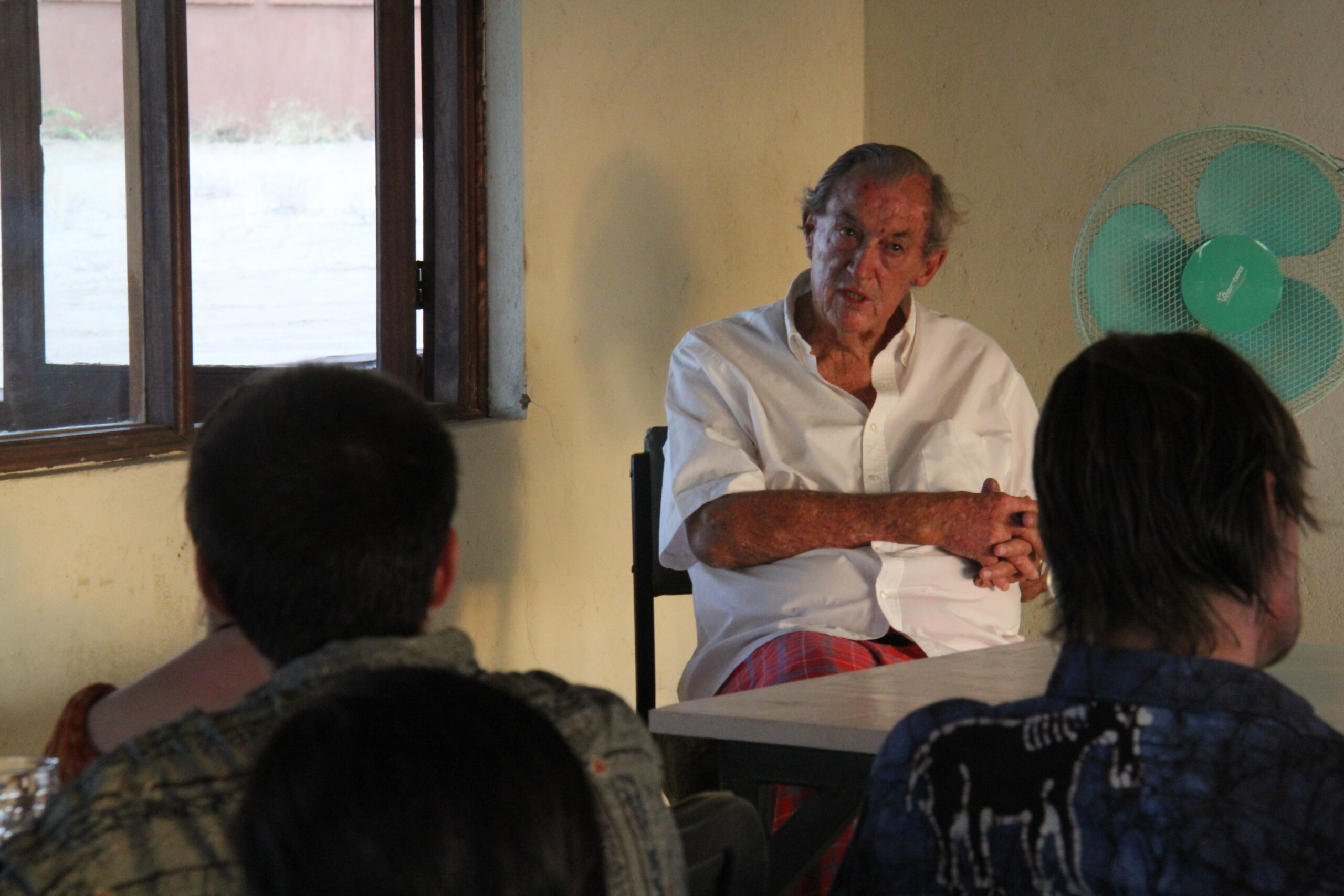Lobolo and Eliye Springs: The final field for the field school
The Pleistocene is sometimes called the Ice Age, but ice was as rare 2 million years ago as it is today in the Turkana Basin. Instead the glaciers in the north caused the deserts and arid grasslands to expand as the ice advanced and the expansion of the forests when the ice retreated. Our early [...]

